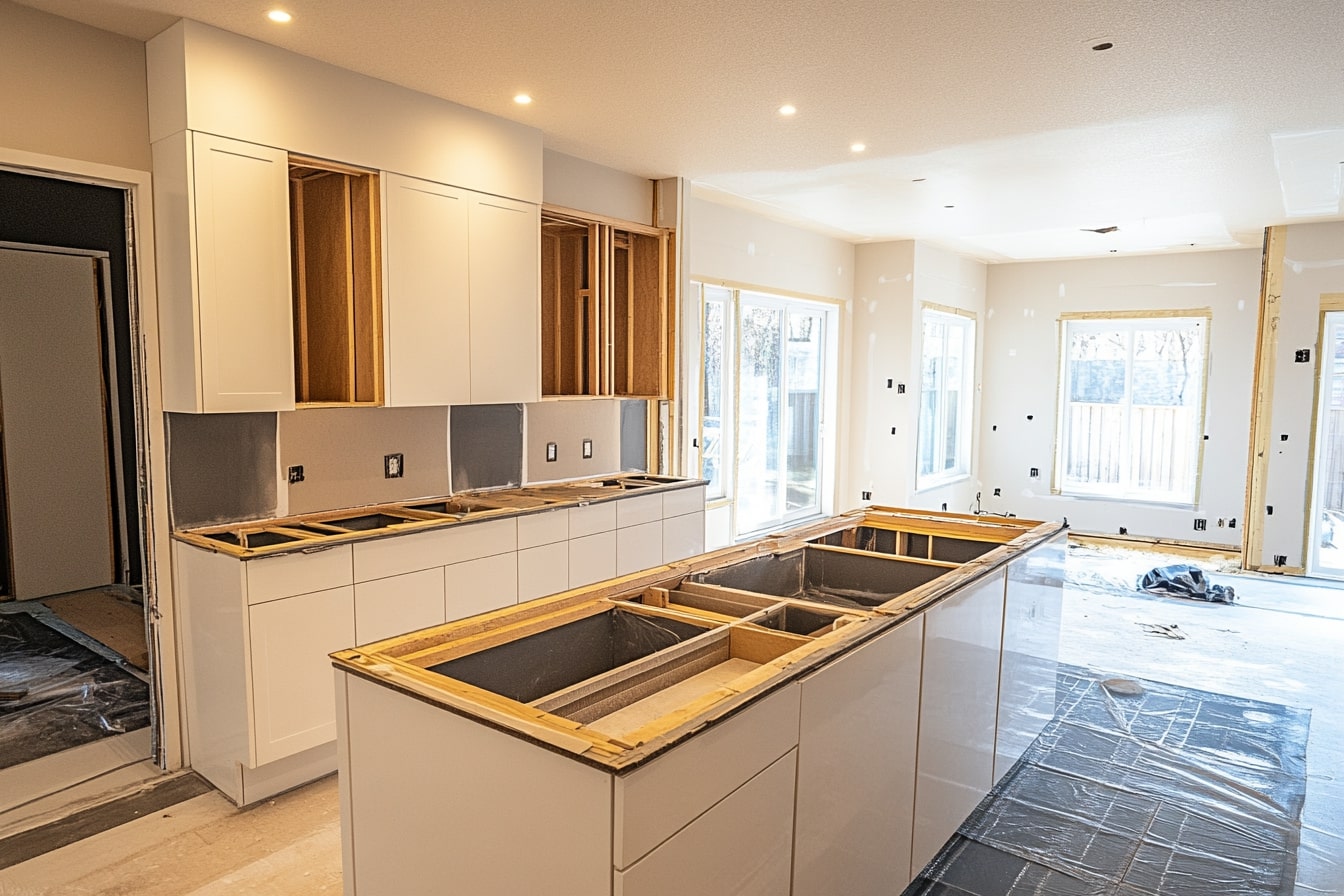Modern Kitchen Makeovers: 2024 Color & Design Trends
Give your kitchen a fresh, modern identity with 2024's most popular hues and smart design choices. From calming sage green cabinetry to dramatic deep-blue islands, this guide covers color pairings, lighting, layout tips, and storage solutions to help you plan a stylish, functional remodel. Learn how materials, hardware, and curated accessories can elevate your space while keeping longevity and resale value in mind.

A kitchen renovation is more than an update—it’s an opportunity to craft a welcoming, efficient space that reflects current style while standing the test of time. In 2024, designers are leaning into thoughtful color choices, inventive storage, and layered lighting to create rooms that feel both contemporary and comfortable. Below are practical ways to use trending colors, refine layout and lighting, and finish the look with purposeful decor and budget expectations.
Using Sage Green to Create a Serene Kitchen
Sage green has become a top pick for kitchens because it brings a subtle, organic calm without feeling overly rustic. This muted green pairs well with a variety of textures and finishes. Try painting lower or full-height cabinets in sage for an understated backdrop, or introduce the tone in backsplashes, painted walls, or open shelving accents. Combine sage with warm brass or aged gold hardware to add a touch of refinement, and balance the palette with light quartz countertops or natural wood surfaces for contrast.
Sage also works nicely with plants and natural fibers; consider potted herbs on the windowsill or woven baskets to reinforce a tranquil, lived-in vibe. Because it reads as neutral in many lighting conditions, it’s a great option if you want a color that ages gracefully.
Adding Deep Blue for Statement Areas
For a more dramatic effect, deep blue offers timeless depth and modern character. Use this rich hue selectively—on kitchen islands, lower cabinets, or a feature wall—to make an intentional focal point that anchors the room. Deep blue pairs beautifully with warm metals such as copper and brass, which help lift the color and add visual warmth.
Contrast the blue with lighter upper cabinets or pale countertops to avoid a heavy feel. Deep blue also complements wood tones, so integrating walnut or oak elements can create a sophisticated, layered look. If you’re uncertain about committing to a bold shade, try it on an island or in tile details before expanding it across the whole kitchen.
Practical Design Principles: Layout, Workflow, and Lighting
Good design balances beauty with function. The classic work triangle—sink, stove, refrigerator—remains a useful guide for efficient movement. When planning, account for counter height, easy access to frequently used items, and clear traffic patterns. Make sure cabinet interiors are reachable and that drawers are sized for your cookware and utensils.
Layered lighting is essential. Combine task lighting (under-cabinet fixtures, pendant lights over an island) with ambient options (recessed ceiling lights or a central fixture) to support both food prep and social activities. Dimmer switches can add flexibility, letting you shift the mood from bright and practical to warm and entertaining.
Think also about ventilation and surfaces that withstand daily wear. Low-maintenance materials and smart appliance placement make everyday life easier and keep the design looking polished longer.
Smart Storage and Finishing Touches
Storage solutions can transform how a kitchen functions. Pull-out pantry shelves, deep drawers for pots, vertical dividers for trays, and built-in organizers all improve usability. Open shelving remains popular for displaying curated collections of ceramics or cookbooks, but balance open displays with concealed storage to keep clutter at bay.
Add texture to the space with wooden cutting boards, woven baskets, and textiles like linen towels to soften hard surfaces. Fresh herbs or a small indoor planter can add both color and fragrance. Hardware choices—from sleek stainless pulls to ornate brass knobs—should complement your color scheme and circulation of finishes throughout the room.
Accessories should feel intentional rather than collected at random; choose a limited palette and repeat materials to create cohesion.
| Project Component | Average Cost Range | Notes |
|---|---|---|
| Custom Cabinets | $15,000 - $30,000 | Varies by material and size |
| Stock Cabinets | $4,000 - $15,000 | Pre-manufactured options |
| Countertops | $2,000 - $7,000 | Depends on material choice |
| Professional Installation | $3,000 - $6,000 | Labor costs vary by region |
| Appliances | $8,000 - $20,000 | Based on quality level |
Prices, rates, or cost estimates mentioned in this article are based on the latest available information but may change over time. Independent research is advised before making financial decisions.
Bringing It All Together
A successful kitchen remodel blends current trends with practical design choices. Use sage green for a calming, versatile base or deep blue for bold, elegant accents. Prioritize a layout that supports how you cook and live, invest in layered lighting, and incorporate smart storage to keep the space organized. Finish with curated accessories and complementary hardware to create a cohesive room that feels both fresh and enduring.
Whether you’re planning a full renovation or a targeted refresh, balancing bold colors with neutral elements and durable materials will help your kitchen remain attractive and functional for years. Take time to test finishes, consider how natural and artificial light affects color, and plan storage around your daily needs—those details make the biggest difference in day-to-day enjoyment and long-term value.






